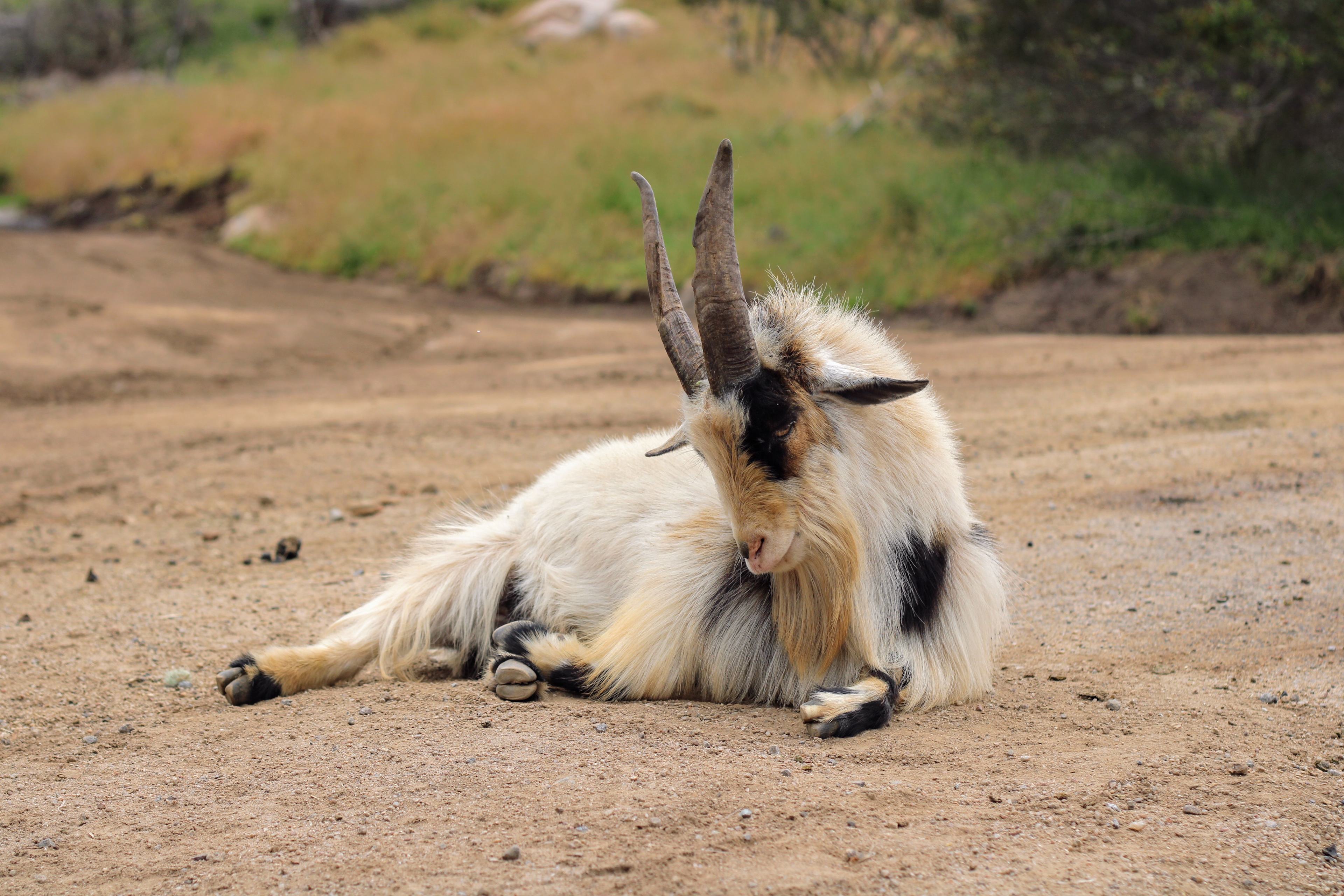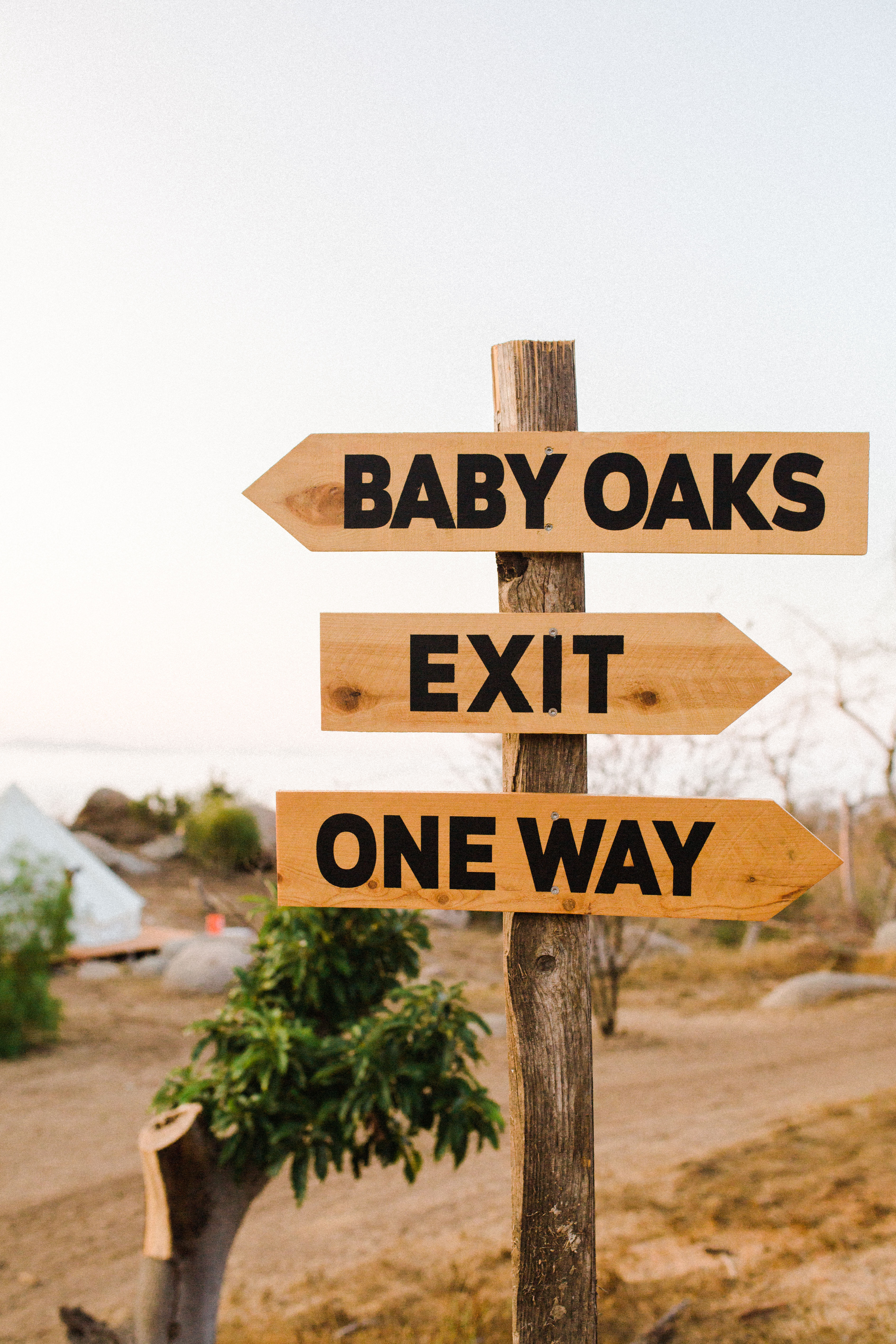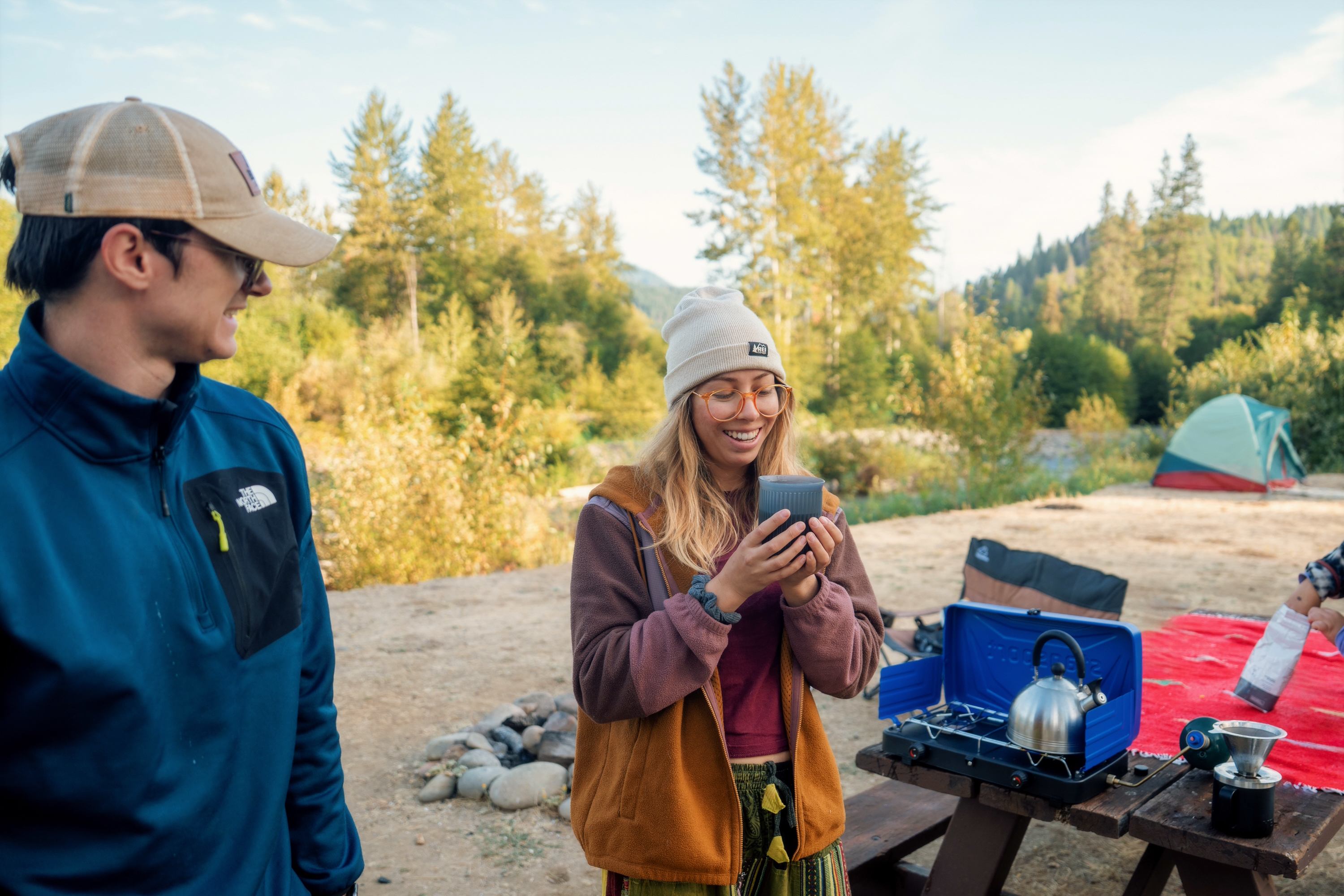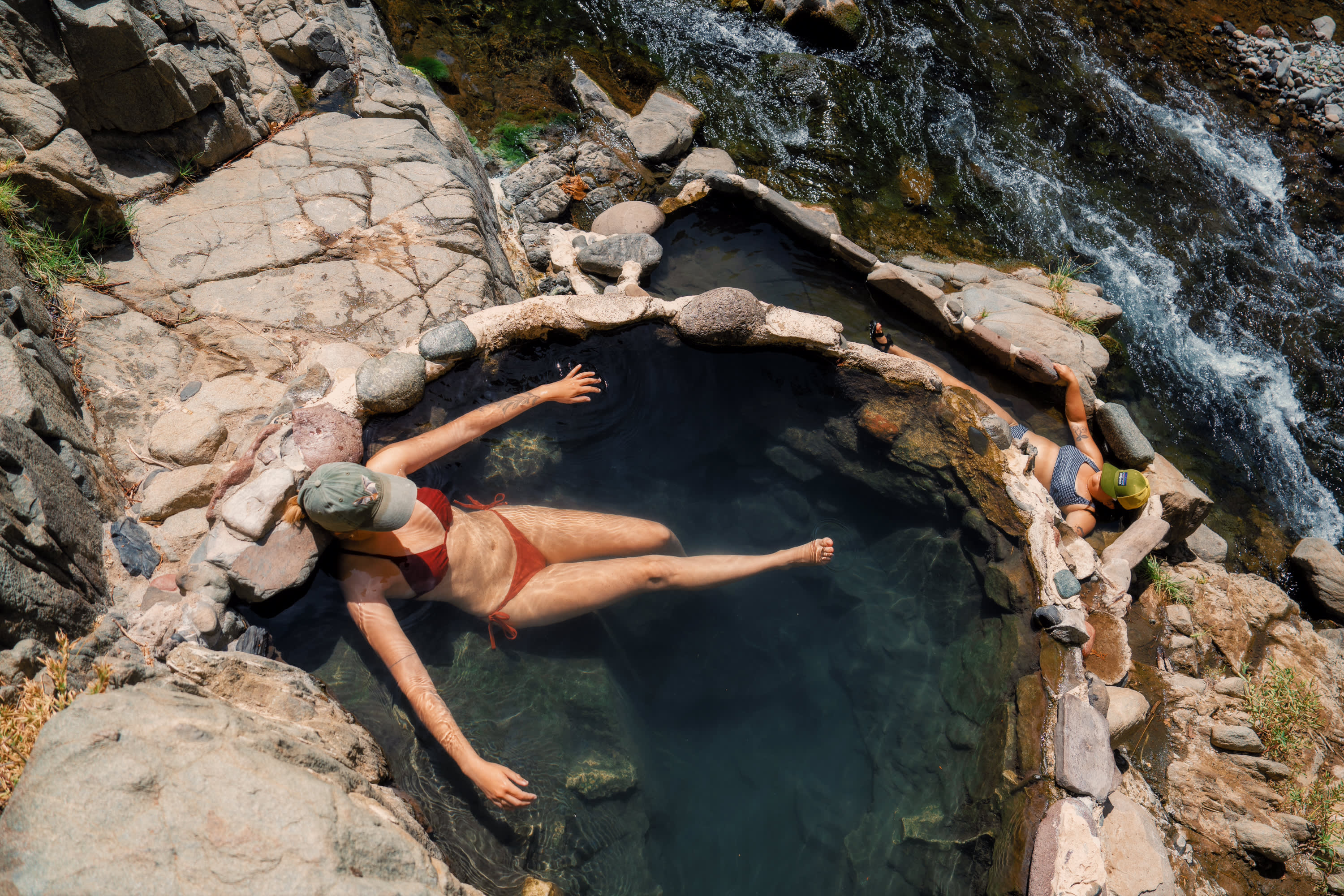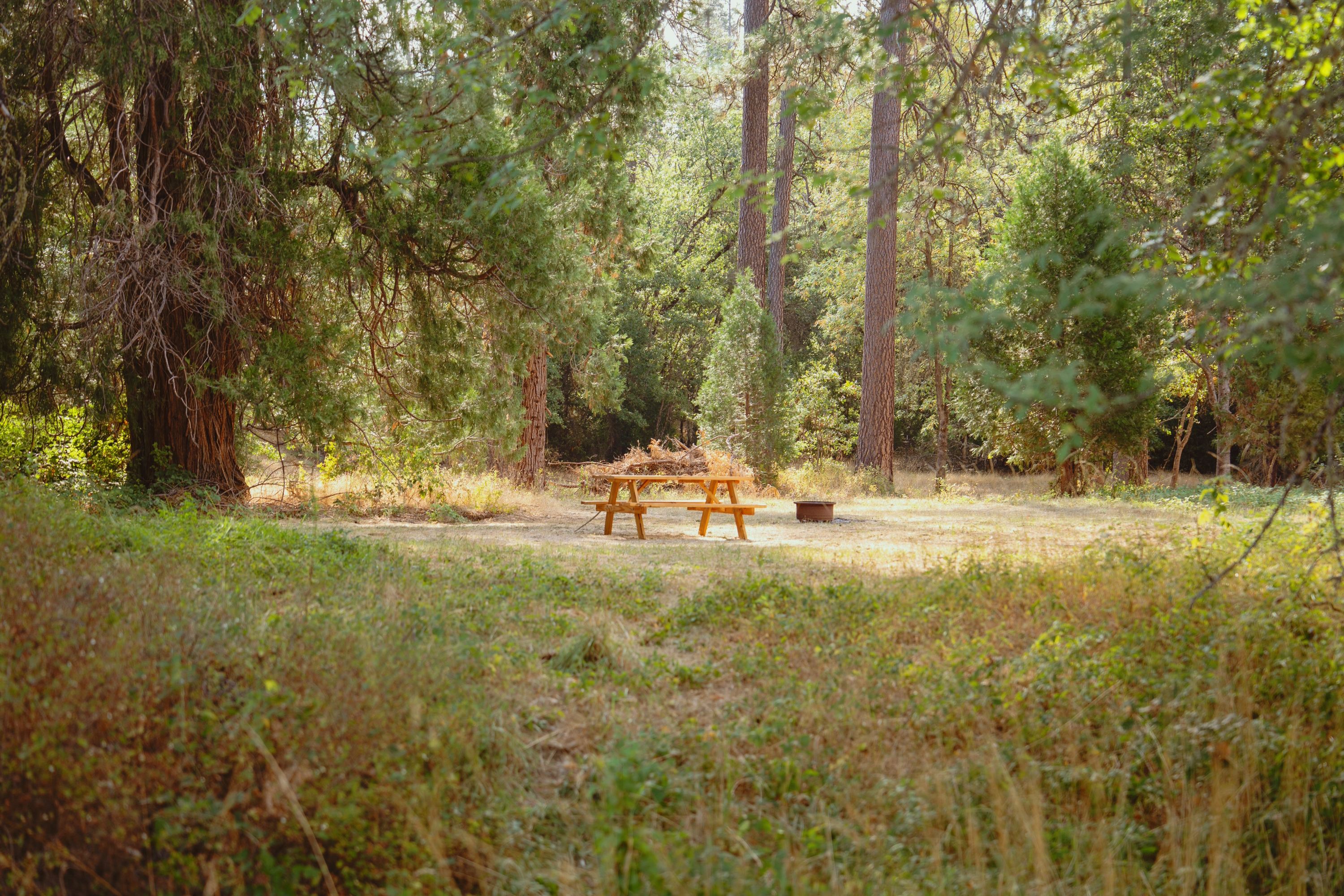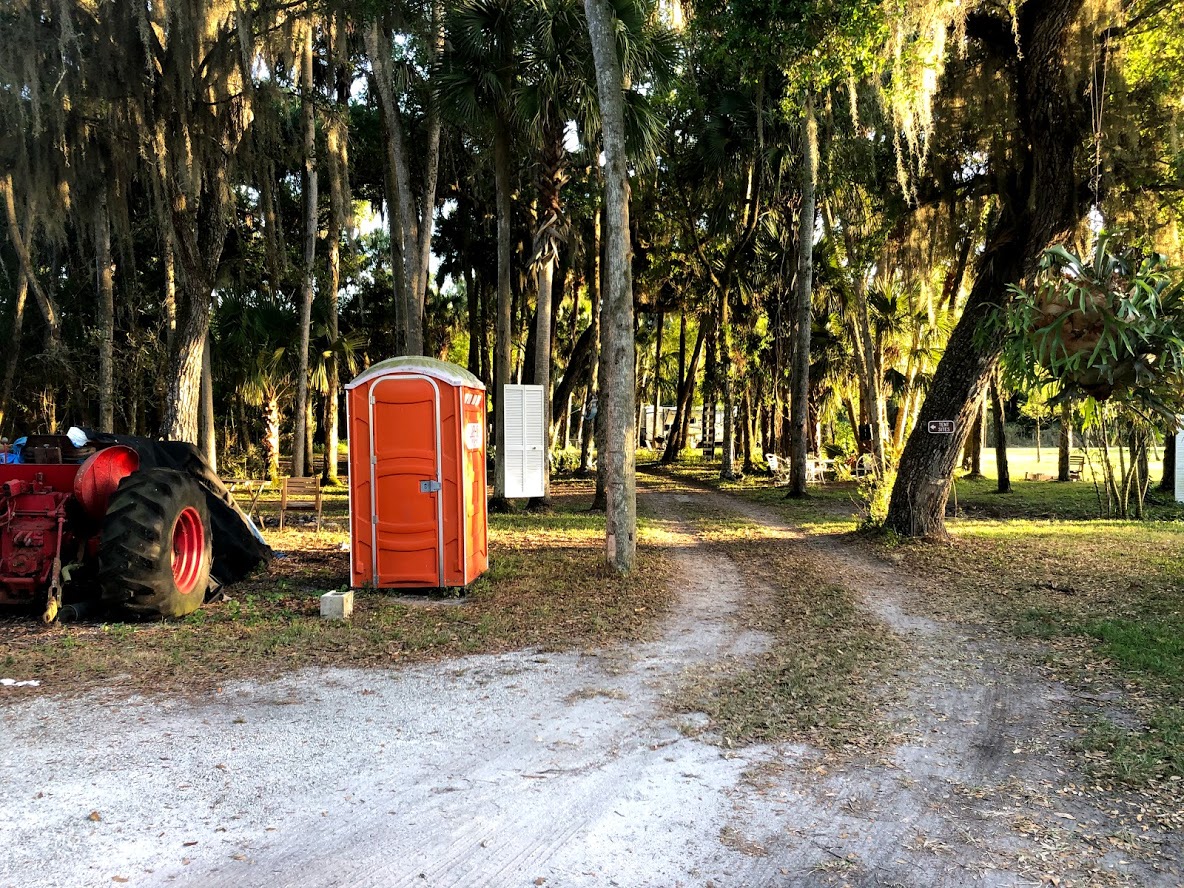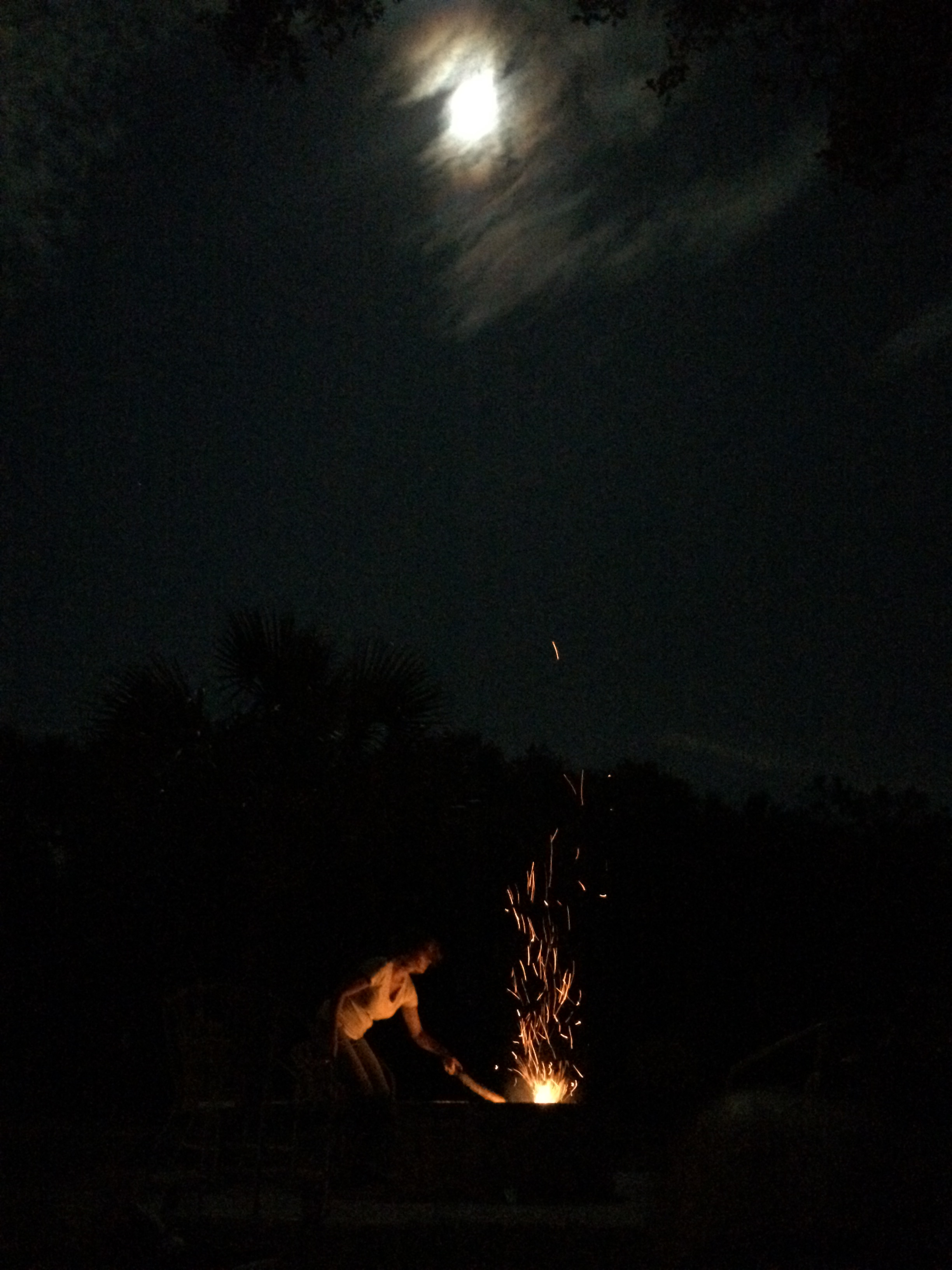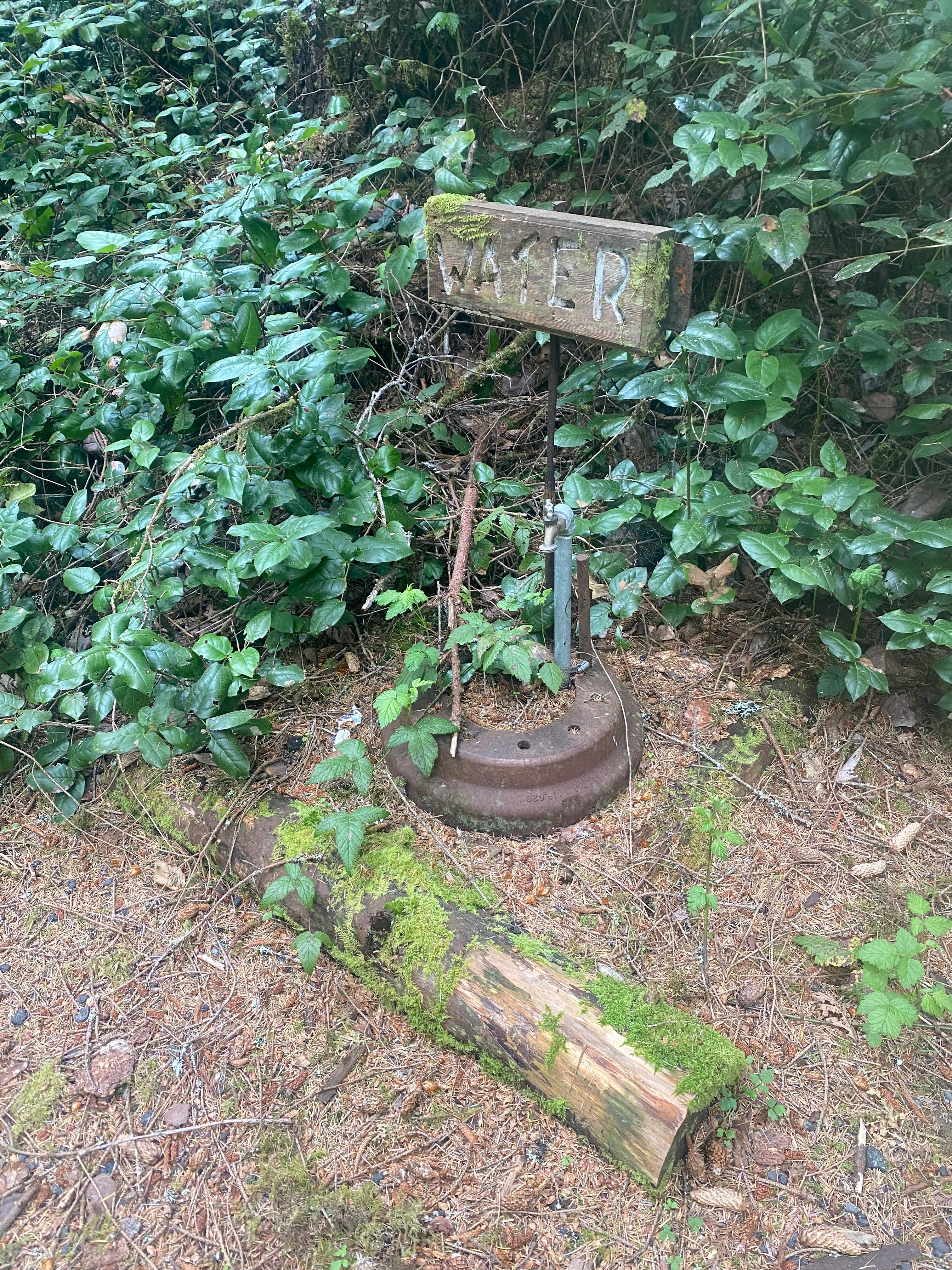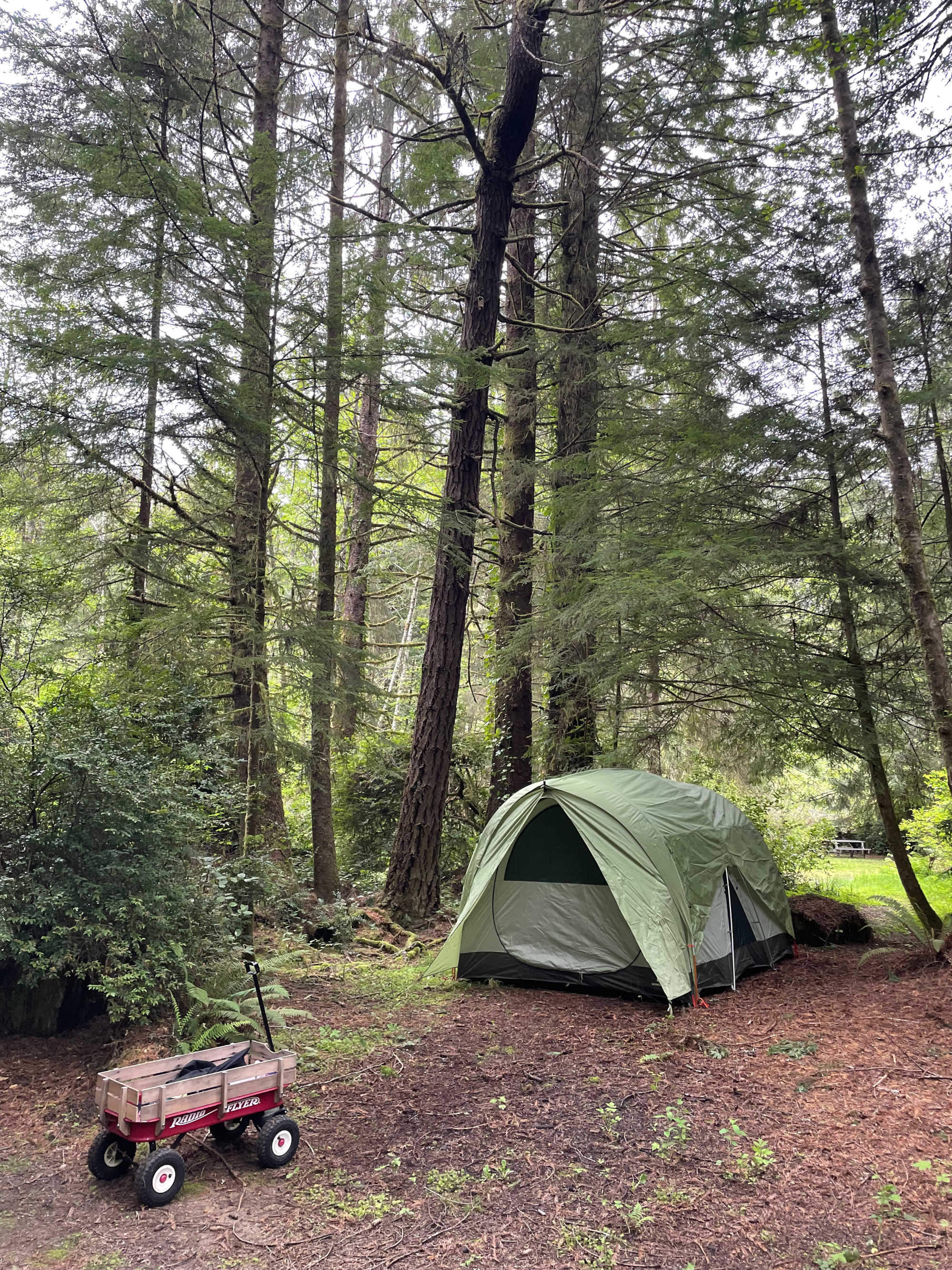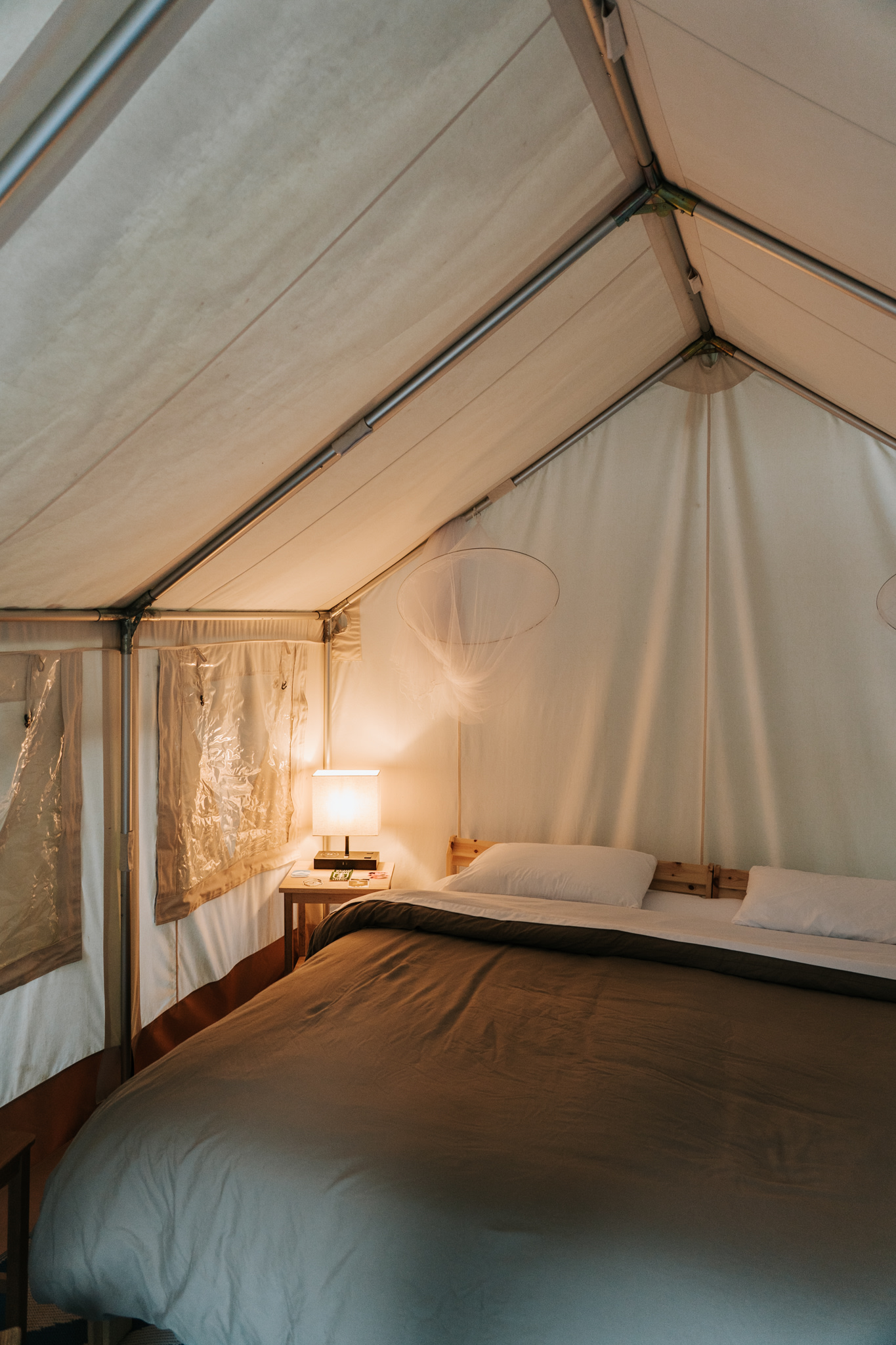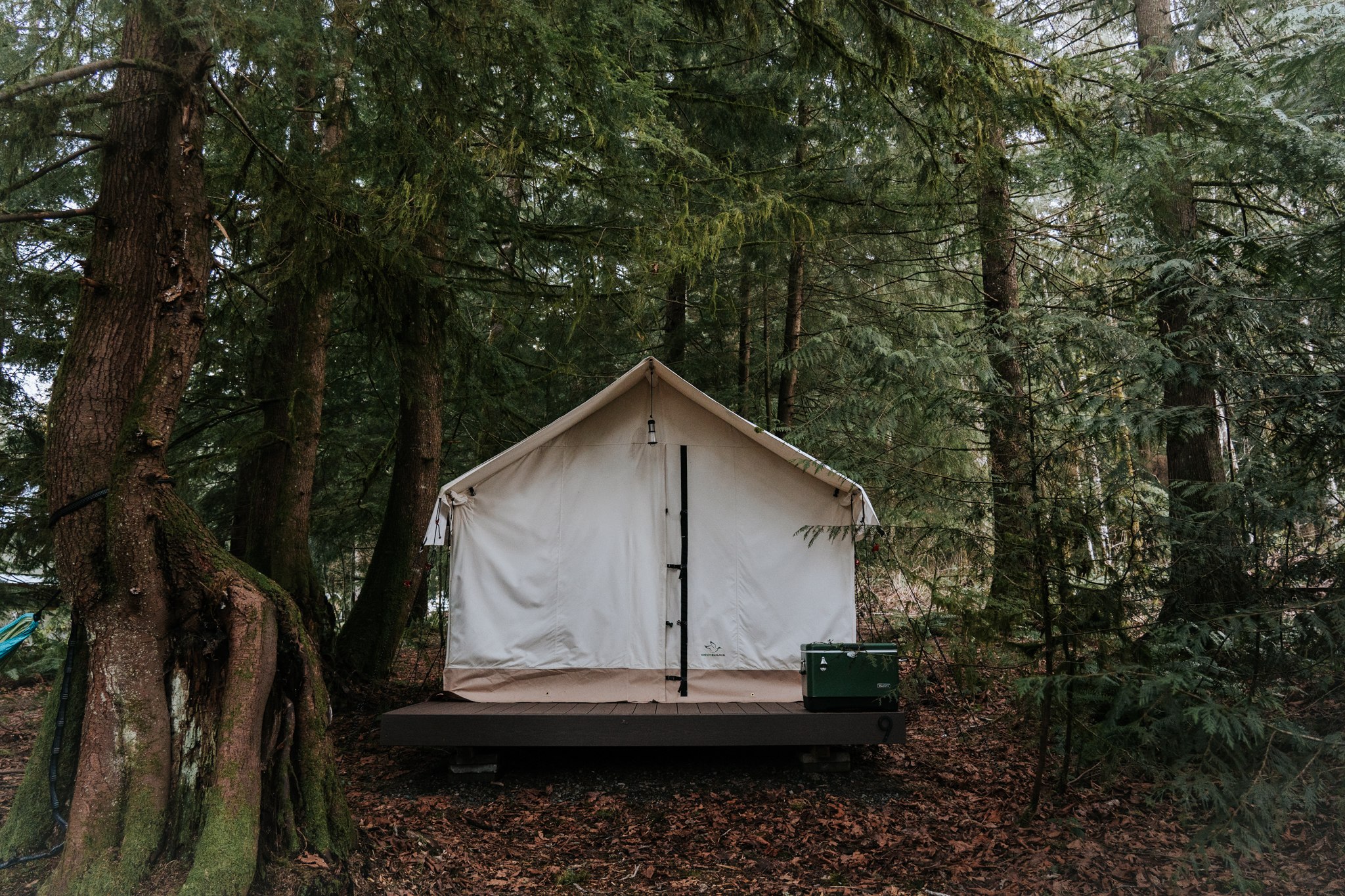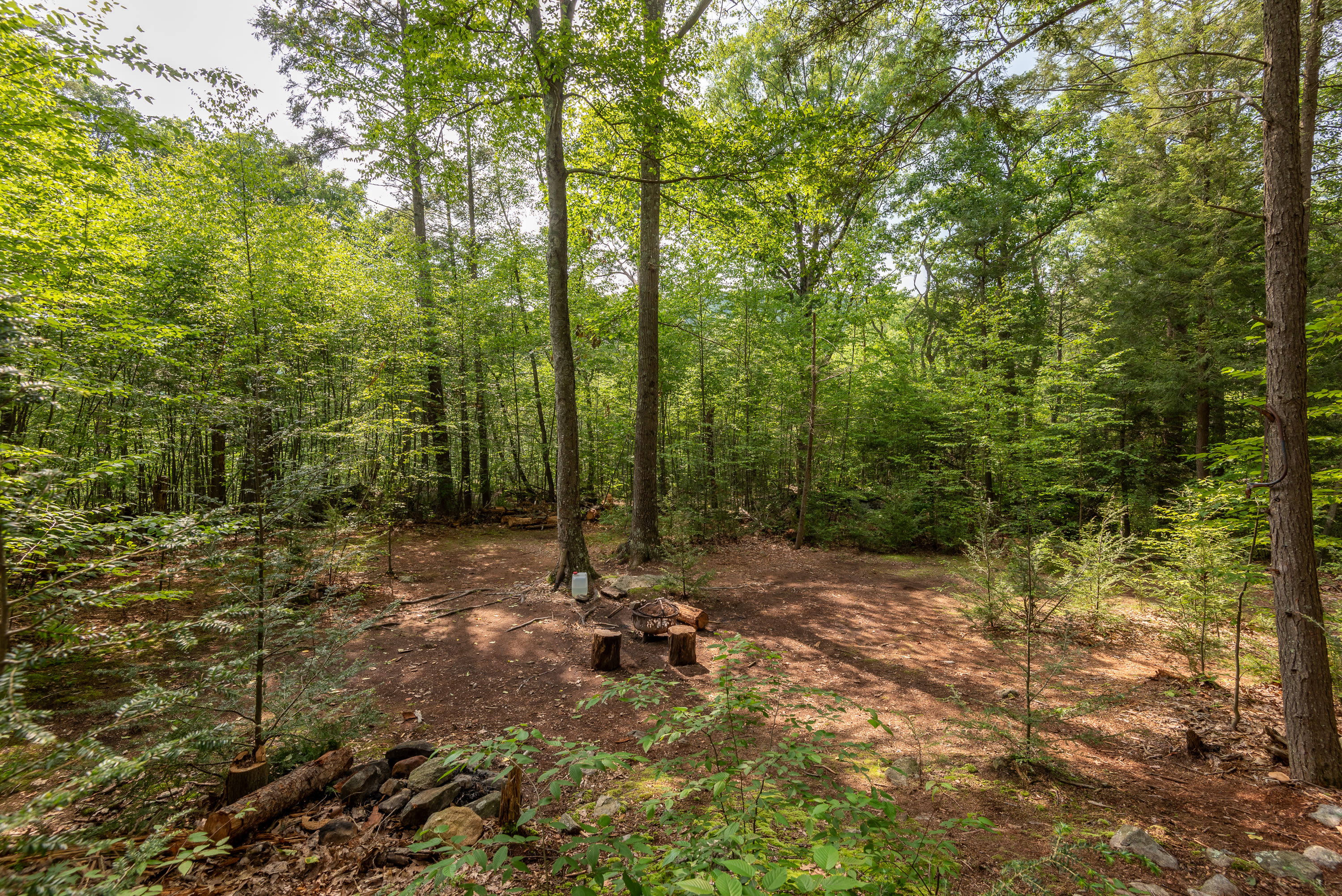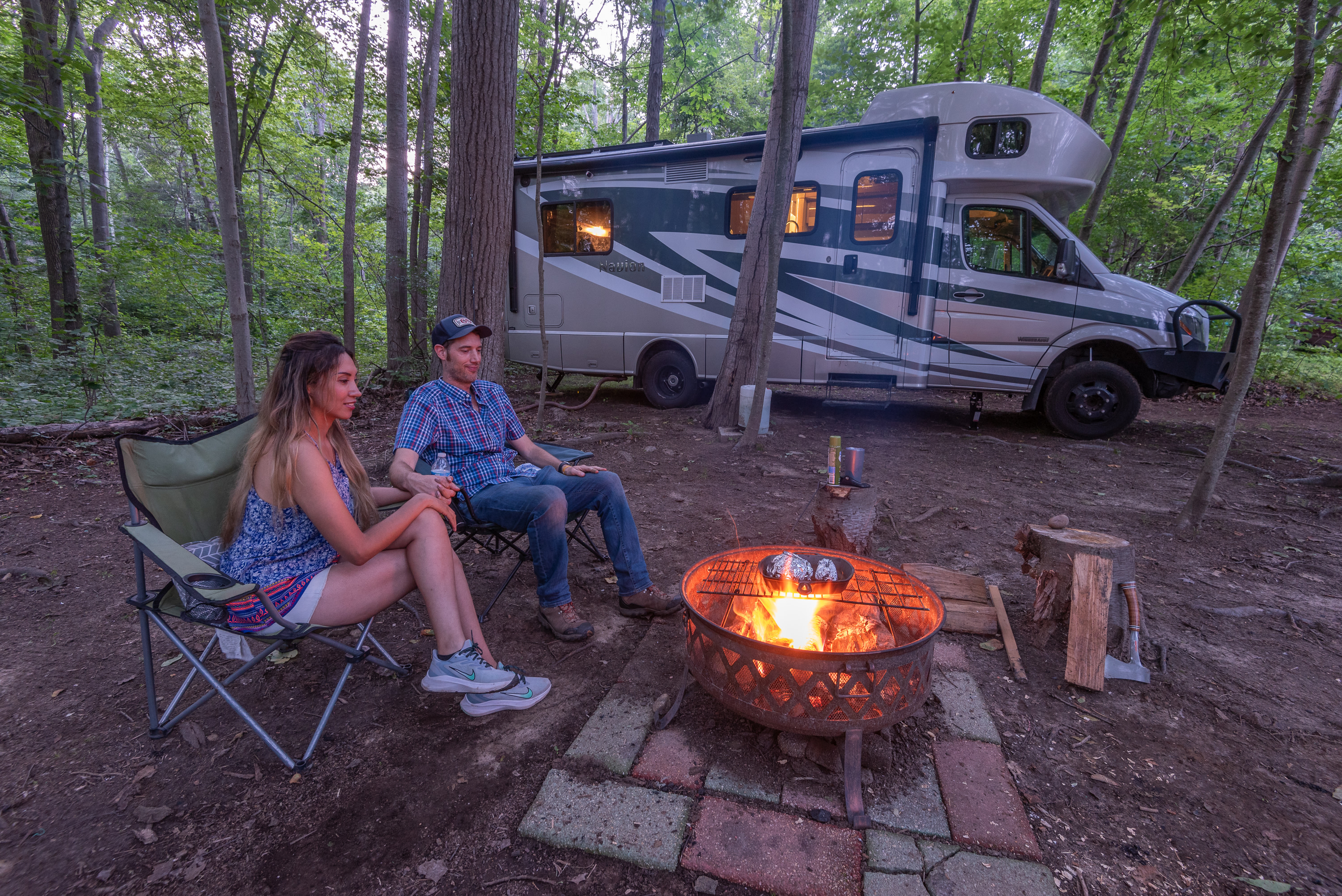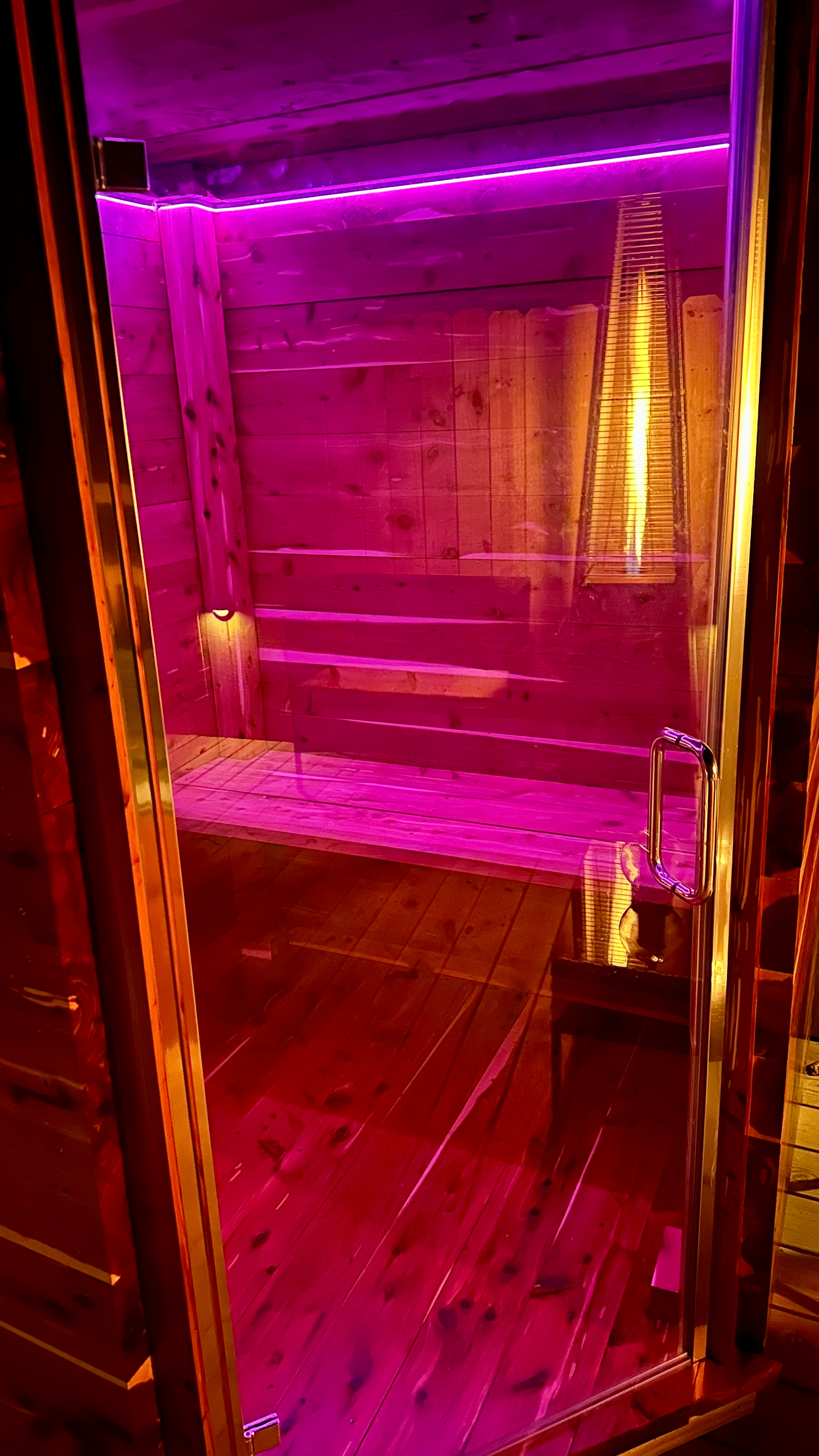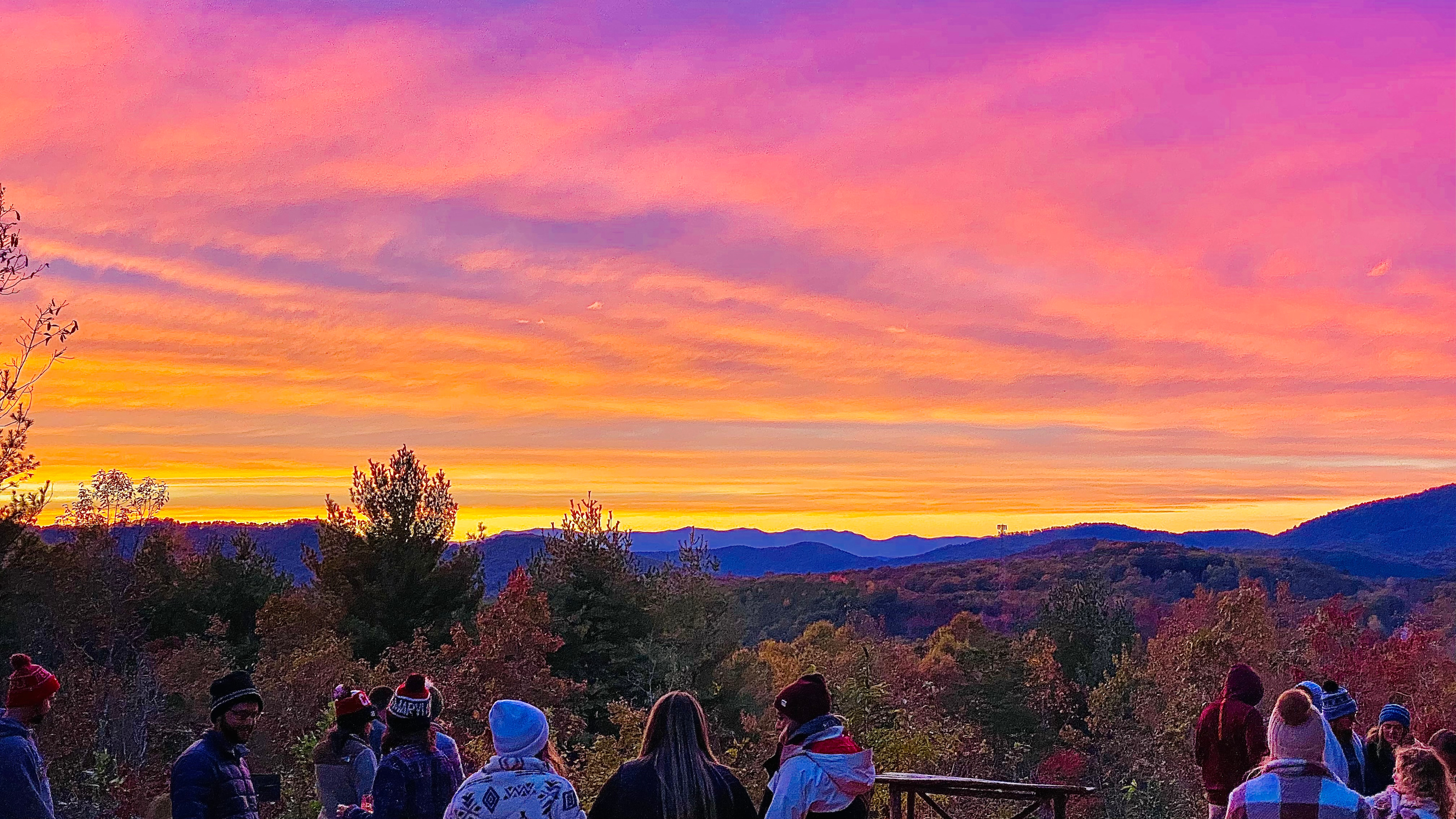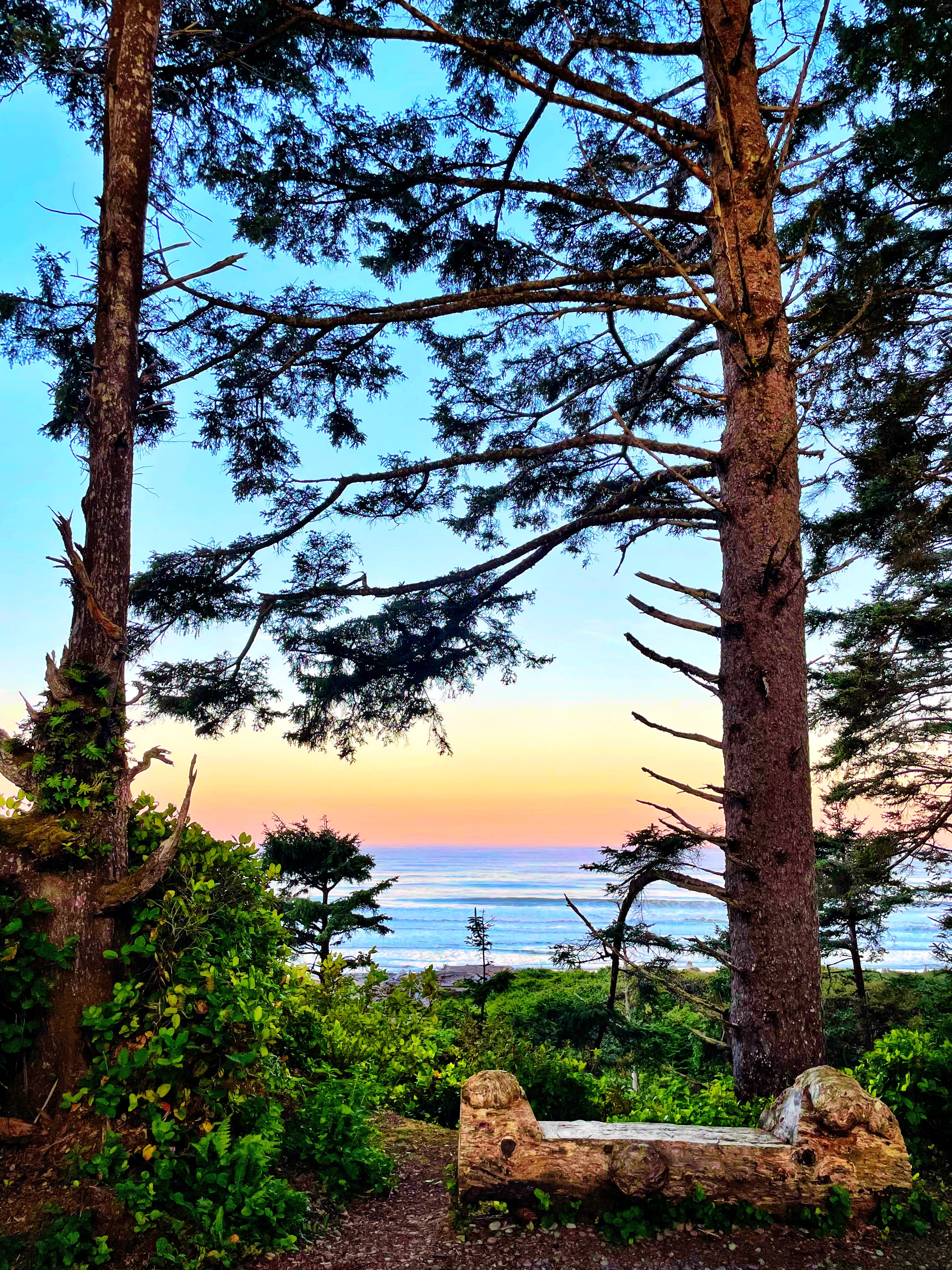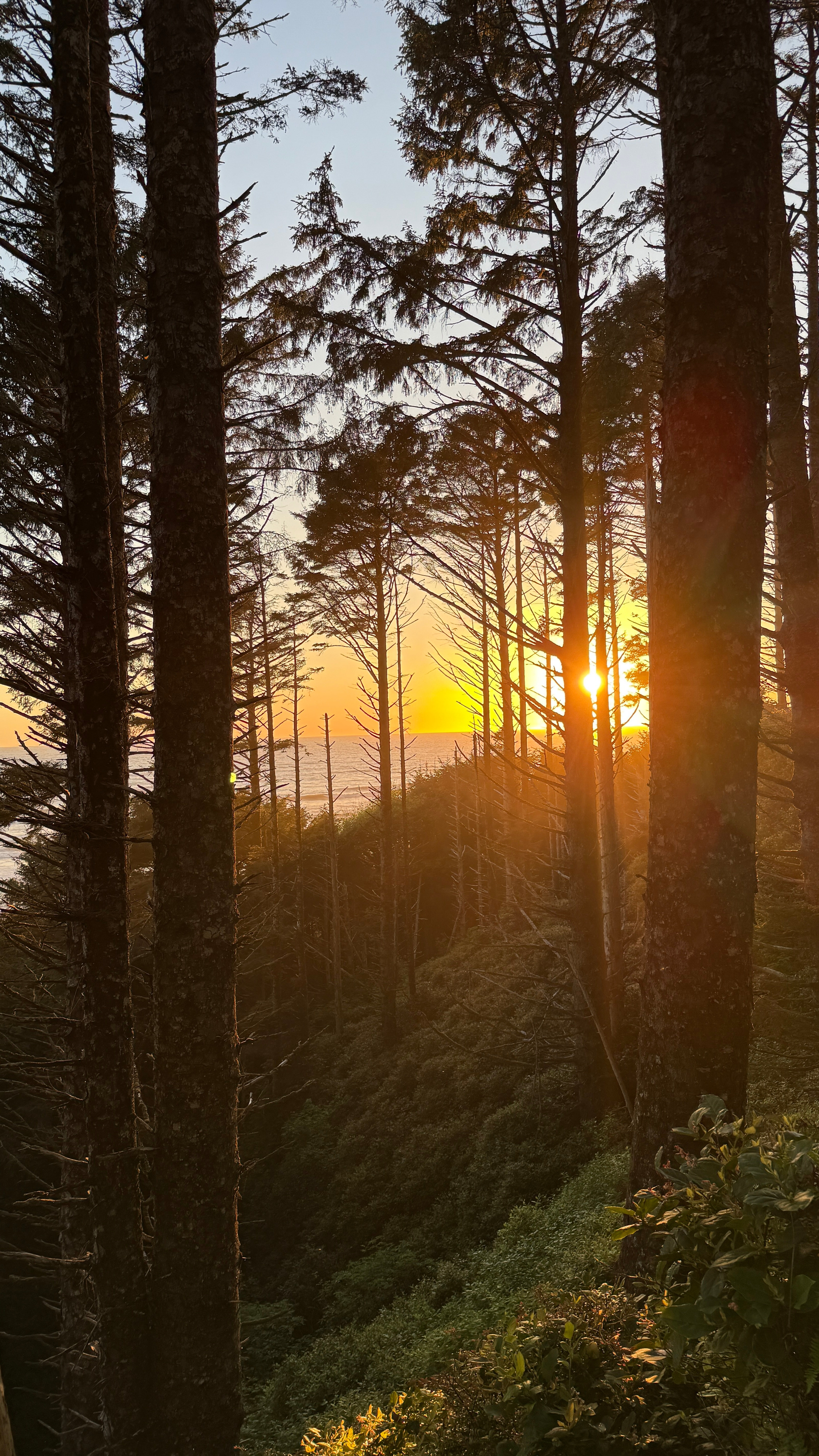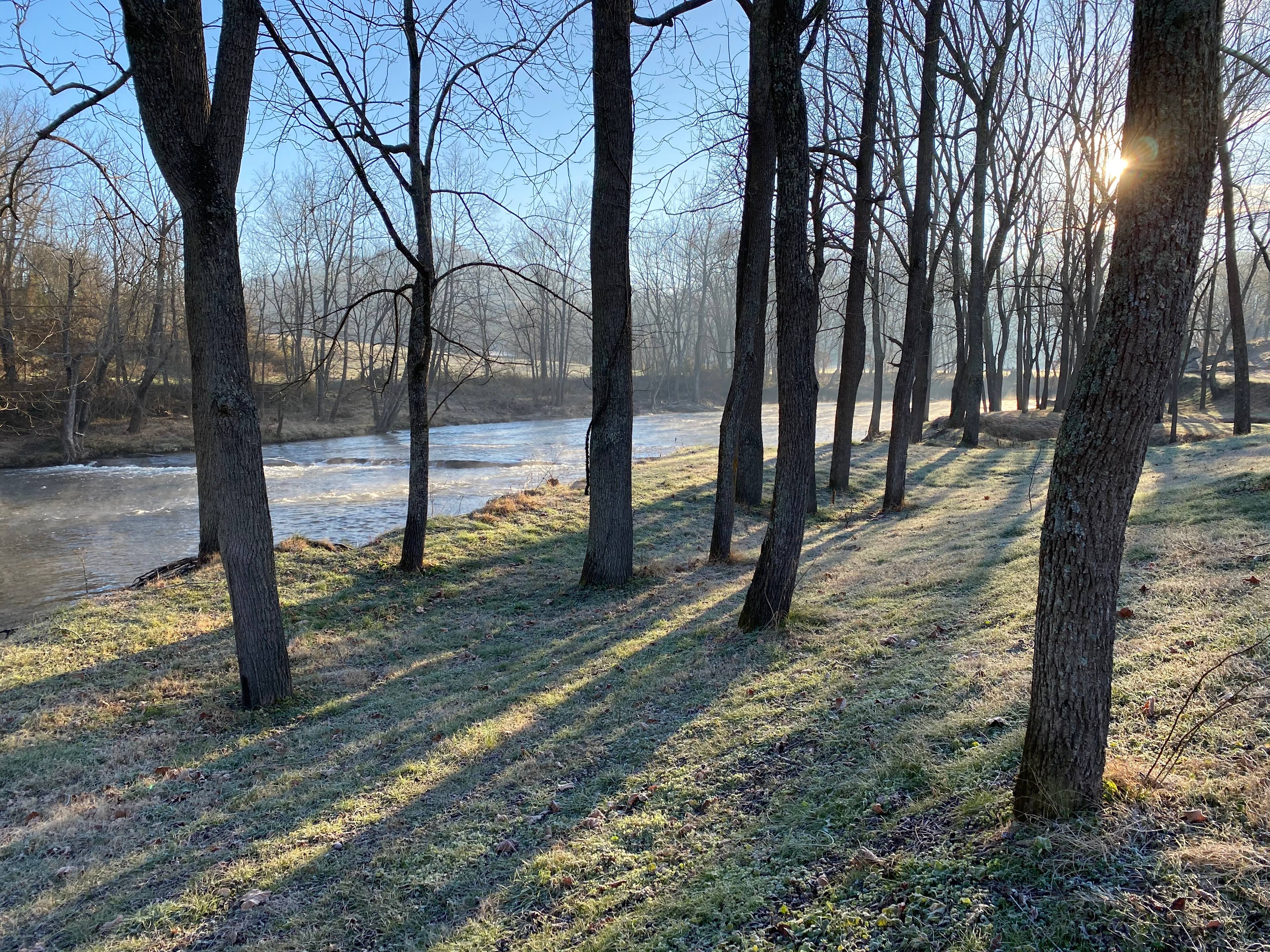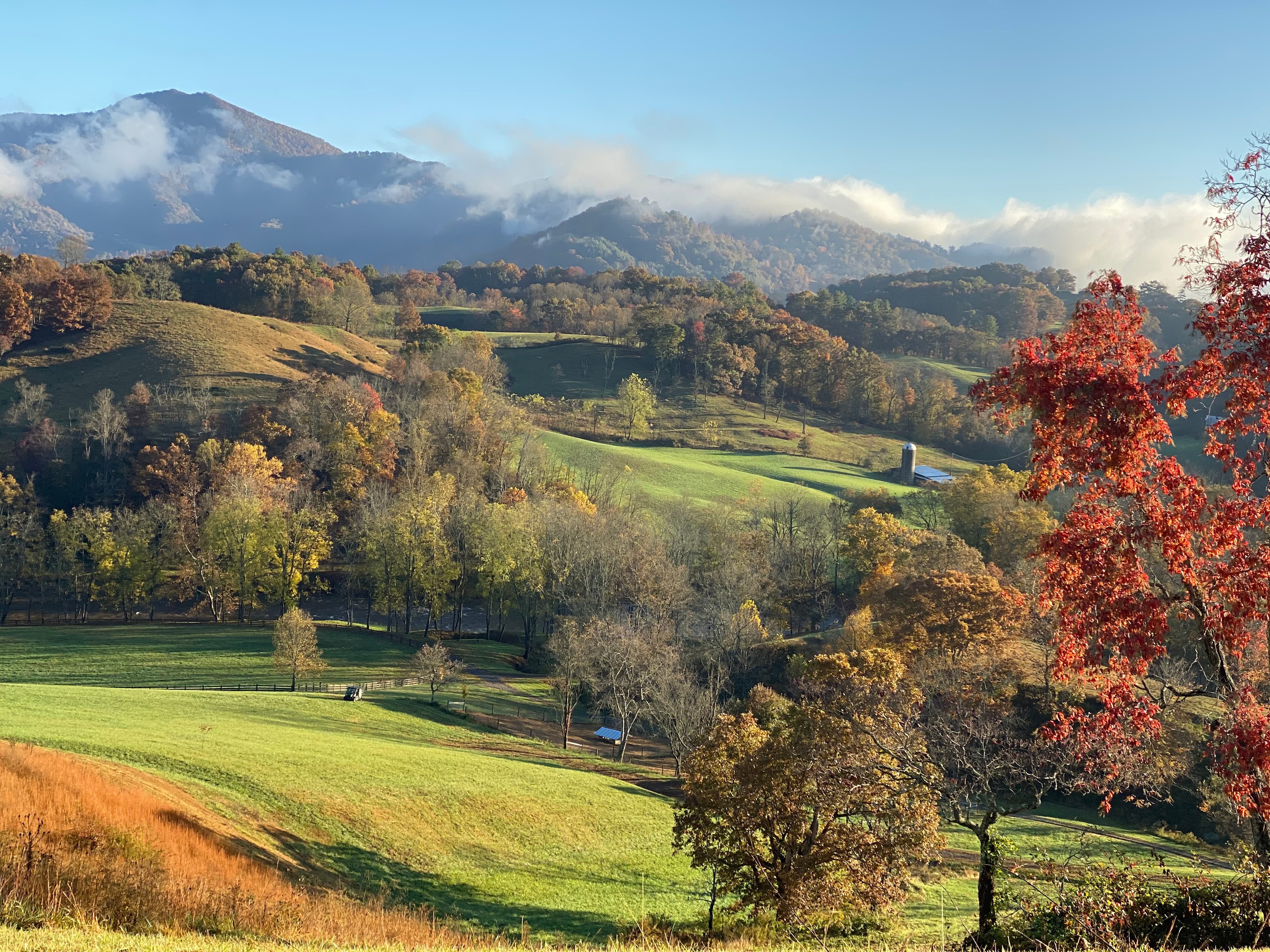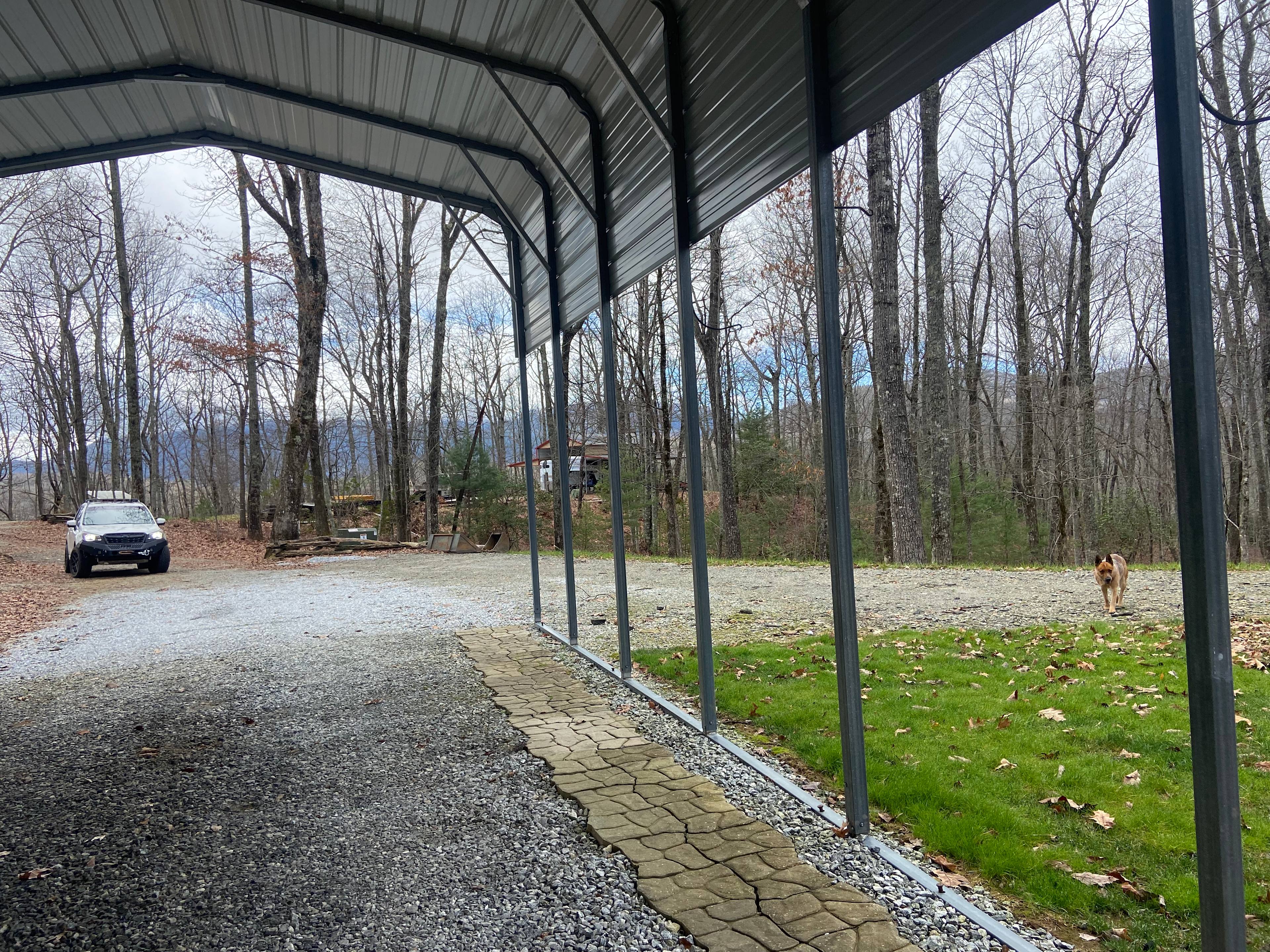35 sites · Tents, RVs, Lodging · Watsonville, CA✨ The Secret Gardens ✨
Once upon a time, hidden just beyond the whispers of the ocean breeze, there was a secret place where roses stretched toward the sky, dahlias painted the land with color, and lavender cascaded like purple waterfalls. No one quite knew how to find it—until they stumbled upon it. Here, hearts opened with ease, carried by birdsong, the sway of ancient oaks, the fragrance of woodsmoke, and the laughter that seemed to live in the very air.
The Secret Gardens unfurls across 11 acres of enchanted redwoods and noble oaks, where each campsite bears a name drawn straight from the pages of Alice in Wonderland. Guests often tell us: “One night is never enough.” And indeed, when you step out of your car, words and pictures fail—there is only the Wow.
In true secret-garden spirit, we share just enough glimpses to spark curiosity. The real magic is revealed only when you arrive.
Just one mile from Seascape Beach and a short stroll to Seascape Village—with its quaint cafés, market, spa, and more—our haven balances wild wonder with simple comforts.
🌿 The Realms of the Secret Gardens
🌲 Tulgey Woods
Nestled beneath towering redwoods, this woodland hosts RV and tent sites, along with Dodo’s Glamp and the Secret Wagon. Here you’ll find showers, bathrooms, a communal kitchen, a campfire circle, and outdoor dining spaces. It’s perfect for families, car campers, and adventurers with roomy tents.
♟️ Chessboard Land
Where play and comfort intertwine: cabins, a communal lounge, a sprawling kitchen, living-wall showers, cozy firepits, and even a projector screen for starlit cinema nights. This is the social heart of the gardens.
🐇 Rabbit Holes (open late spring through summer)
Two primitive hideaways—Tweedledee and Tweedledum—await in the wilder reaches of the land. Here, no cars intrude; instead, we whisk your belongings by ATV to these tucked-away forest nooks.
🌸 Private Group Groves
Three secluded enclaves designed for gatherings, each with its own bathroom, shower, grill, and sink:
• Cheshire Grove
• The Horseshoe
• Wonderland
⸻
🌟 What Awaits You
• Cozy cabins, Dodo’s Glamp, and the Secret Wagon—complete with bedding, heaters, and access to Chessboard Land’s wonders.
• Communal spaces alive with warmth: kitchen, fire pits and trail
Pets
Electrical hookup
Toilets
Campfires
Showers


